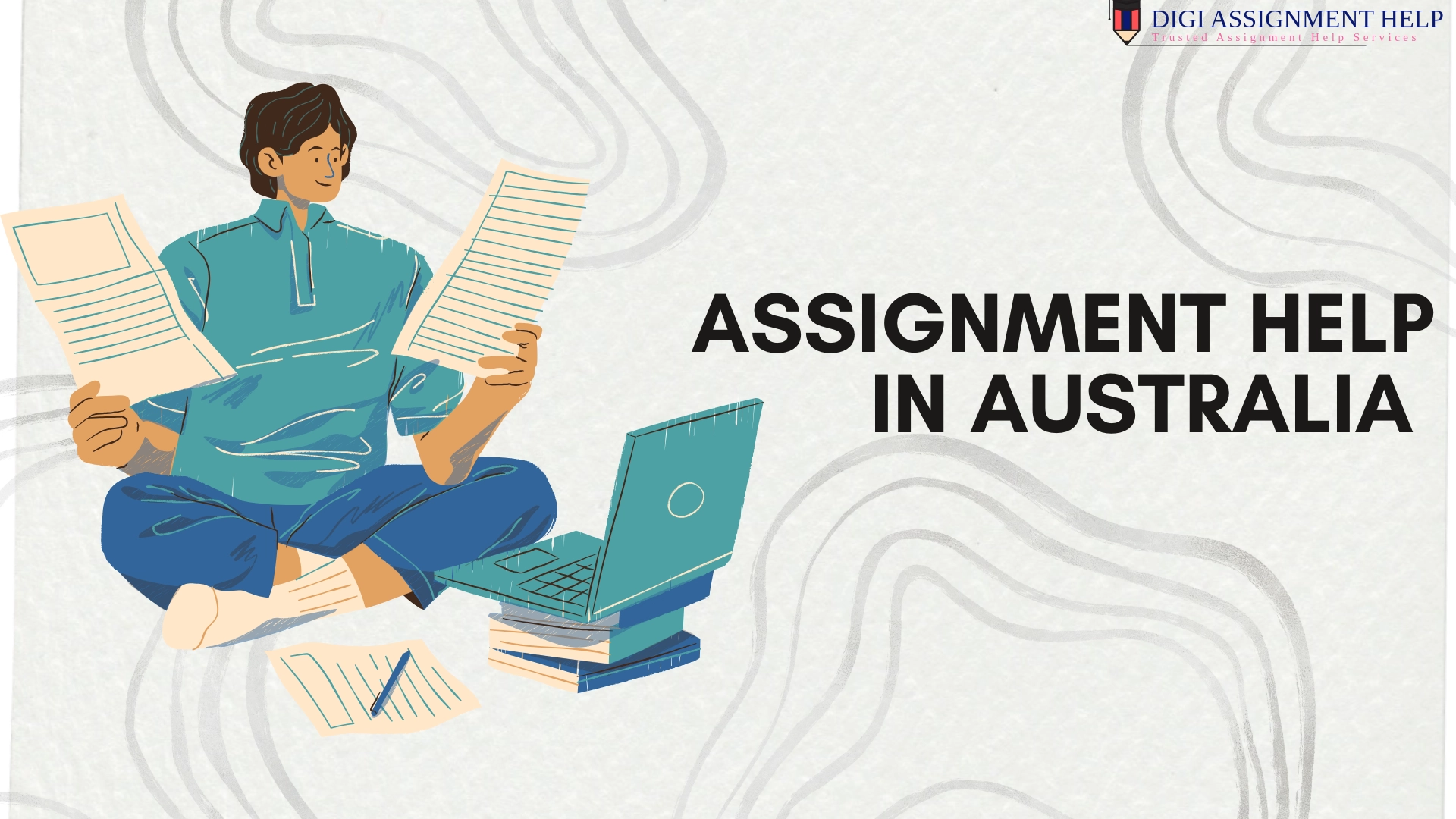5 Legal Requirements For Nursing Documentation in Australia
 31-May-2024 06:54 AM
31-May-2024 06:54 AM

Every nurse in Australia must prepare proper documentation for the patients they attend to, ensuring all details are accurately captured and clearly presented for future use.
These documents not only serve as a communication bridge between patients and healthcare providers but also act as a statement of proof if any issues arise later.
For instance, if a patient falsely accuses a doctor or nurse regarding the efficacy of the treatment received, the nursing documentation and its content will serve as legal evidence.
Additionally, when a new doctor is assigned to a patient, this document becomes the primary source of information about past diagnoses, interventions, and evaluations.
What does nursing documentation entail?
In textbook terms, nursing documentation is a record presented in paper or electronic form, comprising of detailed information about the patient’s medical history, health assessment, diagnosis and care plans, and many other such components.
You can consider it to be an abridged form of all the observations and interactions that occurred between the patient and the doctor/nurse during his stay at the hospital, starting right from admission to discharge.
What purpose does nursing documentation serve?
When you are studying to become a registered nurse or practicing at a healthcare facility as an intern, you may have to prepare detailed documentation about a case study or a patient.
Now, without understanding its significance, you might not be able to assess its true power in healthcare treatments, thereby delaying the work or not fulfilling the responsibility with proper care.
Hence, below we have listed a few criticalities served by nursing documentation in patient care and treatment.
-
When a multifaceted treatment approach is adopted involving more than two departments, the nursing document serves as a communication medium between the professionals. It eliminates any siloes between the doctors and helps them to collaborate properly to provide a comprehensive treatment to the patient.
-
Nurses record every assessment in documentation that doctors can use to determine whether there is an underlying health issue that didn’t surface earlier. For instance, when a patient suddenly complains about having black stool, it might help the doctor determine whether there is bleeding in the GI tract.
-
Nursing documentation is often used as an information source for medical research across the entire healthcare industry. Doctors and professors use these as case studies to understand the common causes of a certain problem, determine the unique identifiers, and facilitate their research work.
-
Another benefit of the nursing documentation is that it is often used for legal purposes, like providing reimbursements to the patients through medical insurance, proof of treatment and diagnosis for lawsuits, and so on.
What are the key 5 legal considerations for preparing a nursing document in Australia?
There are five major factors that should be considered to maintain the optimal legality of the nursing documentation. Below we have briefly described them for your better understanding.
-
Accuracy: All the information recorded in the nursing document needs to be accurate and precise, with no alteration or missing out. It doesn’t matter how meager the information might look like from outside. A nurse needs to record it in the way it has been presented without any modification.
-
Completeness: Also, the nursing documentation needs to have complete information about the patient’s assessment, diagnosis, and treatment plan, and so on. Eliminating any record will raise questions and doubts about the treatment offered to the patient.
-
Timeliness: The information recorded in the nursing documentation should be done on time. For instance, if a patient complains about chest pain, you need to write it in the document without delay. Otherwise, it might lead to missed records or altered facts.
-
Organization: The nursing documentation needs to be properly organized, with all the information presented in an understandable and readable form without any jargon.
-
Legibility: Last but not least, the document should be neat and clean. Messy handwriting or illegit arrangement will render it useless.
Conclusion
Nursing documentation is considered legal proof of all clinical observations, verbal and written interactions, and responses from both patients and doctors during hospice care.
Therefore, it is the responsibility of every nurse to ensure the documented information adheres to legal principles and procedures without fail.
If not, the document might be declared invalid and cannot be used in any legal process. With this in mind, we at Digi Assignment Help offer our assistance to nursing students in Australia to prepare the best and most accurate documentation that can be used for various legal purposes.










.webp)
















 +44 74 8881 8568
+44 74 8881 8568